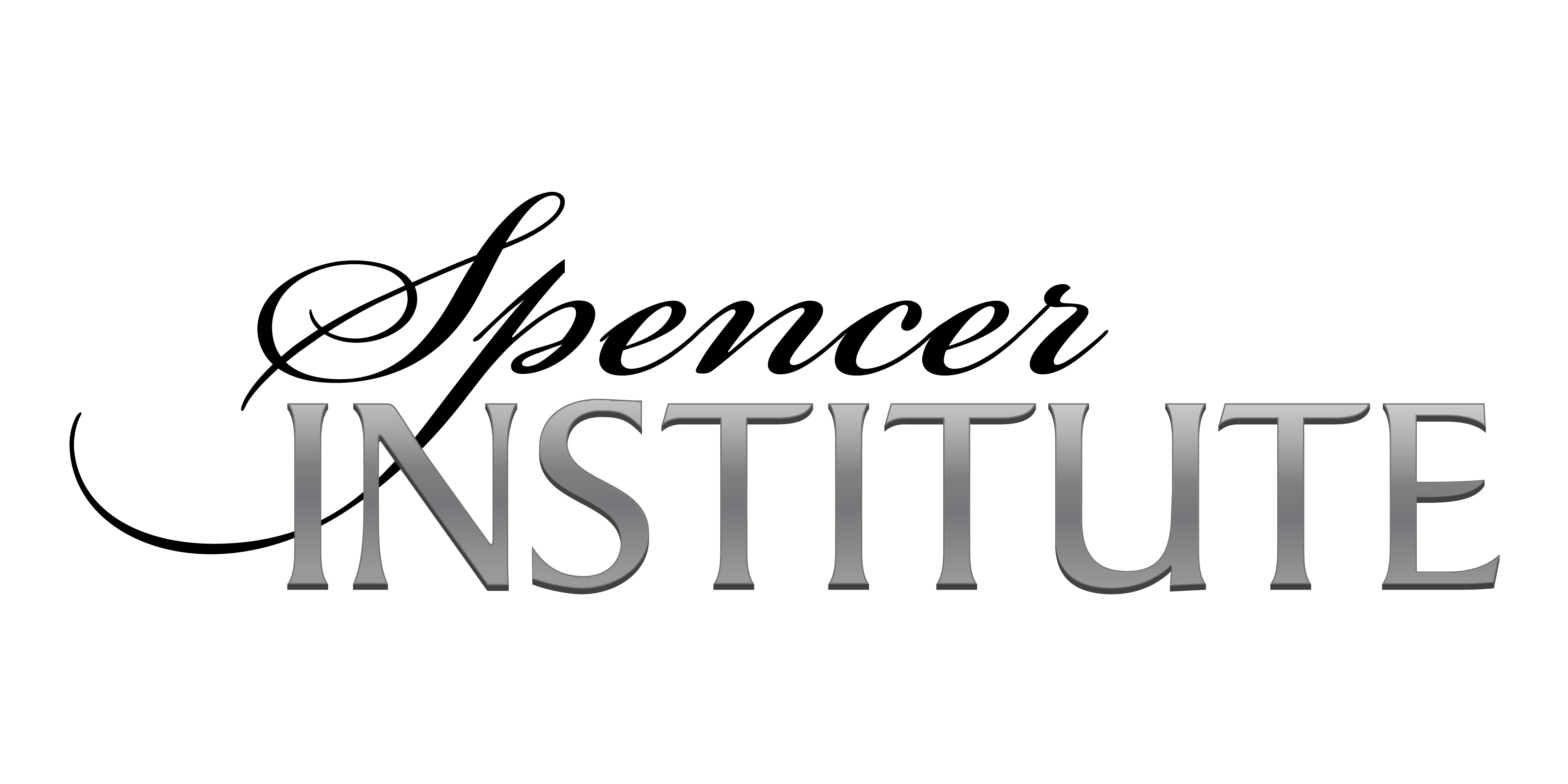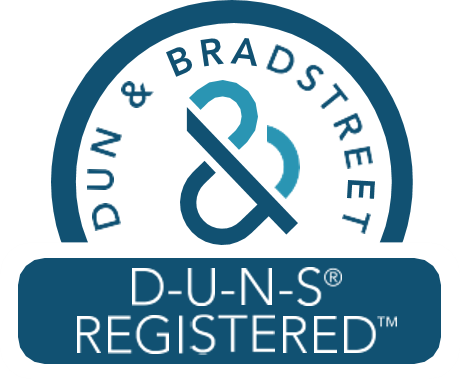
Healthy Tips for Sleeping Better with Sleep Apnea
Sleep apnea is a common sleep disorder that affects millions of people worldwide. It is a condition where a person experiences repeated episodes of breathing cessation or shallow breathing during sleep. This condition can cause a range of negative health consequences, including daytime sleepiness, cognitive impairment, hypertension, and cardiovascular diseases. Fortunately, there are several treatment options available for sleep apnea, including continuous positive airway pressure (CPAP) therapy, snoring mouth guards, and lifestyle changes. In this lesson, we will explore the causes, symptoms, and treatment options for sleep apnea, including CPAP alternatives, sleep hygiene, snoring mouth guards, dietary considerations, alcohol’s connection to apnea, and obesity’s relationship with apnea.
As a person who helps your clients with health, wellness, stress management, nutrition, and/or fitness, the topic of quality sleep will surely enter the discussion. In many cases, sleep disorders such as sleep apnea are critical factors limiting your client’s ability to lose weight, recover from exercise sessions, or even think clearly for optimal performance at work or with their family. There is a direct correlation between the quality and depth of sleep and hunger which can dramatically affect body composition.
Causes and Symptoms of Sleep Apnea
Sleep apnea is caused by the blockage of the airway during sleep, which can be due to several factors. One common cause is the relaxation of the muscles in the throat, which can result in the collapse of the soft tissue in the throat and obstruct the airway. This obstruction leads to reduced airflow or complete cessation of breathing, causing the brain to wake up from deep sleep to restore normal breathing patterns. These awakenings can occur hundreds of times per night, leading to poor sleep quality and various symptoms during the day.
The most common symptoms of sleep apnea include loud snoring, gasping or choking during sleep, morning headaches, excessive daytime sleepiness, difficulty concentrating, and irritability. Additionally, sleep apnea is associated with several health conditions, including hypertension, cardiovascular disease, and stroke.
Sleep Apnea Treatment and CPAP Alternatives
Continuous positive airway pressure (CPAP) therapy is the most common and effective treatment for sleep apnea. CPAP involves wearing a mask over the nose or mouth during sleep, which delivers a continuous flow of air pressure to keep the airway open. CPAP therapy has been shown to reduce the frequency and severity of apnea events, improve sleep quality, and alleviate daytime sleepiness.
However, some people find CPAP therapy uncomfortable or challenging to use consistently. In such cases, there are alternative treatments that may be beneficial. These alternatives include:
- BiPAP Therapy: This treatment involves using a machine that delivers two levels of air pressure – a higher pressure during inhalation and a lower pressure during exhalation. BiPAP is often prescribed for people with severe sleep apnea who cannot tolerate CPAP therapy.
- Oral Appliance Therapy: This treatment involves wearing a custom-fitted device in the mouth that helps keep the airway open during sleep. The device works by repositioning the jaw or tongue to prevent the soft tissue in the throat from collapsing. Oral appliance therapy is often recommended for people with mild to moderate sleep apnea.
- Surgery: In some cases, surgery may be recommended to correct the anatomical abnormalities that cause sleep apnea. Surgical procedures can include removing the excess tissue from the throat, repositioning the jaw, or implanting a device to stimulate the airway muscles.
Sleep Hygiene to Improve Apnea
Improving sleep hygiene can be an effective way to manage mild sleep apnea and reduce the severity of symptoms. Sleep hygiene involves adopting healthy habits and practices that promote good sleep quality. These habits can include:
- Establishing a consistent sleep schedule: Going to bed and waking up at the same time each day can help regulate the body’s natural sleep-wake cycle and improve sleep quality.
- Creating a relaxing sleep environment: A cool, dark, and quiet bedroom can promote good sleep quality. Avoiding electronic devices before bed can also improve sleep quality.
- Avoiding stimulants: Caffeine, nicotine, and alcohol can all disrupt sleep quality and increase the severity of sleep apnea symptoms.
Snoring Mouth Guard
A snoring mouth guard, also known as a mandibular advancement device, is a dental appliance that can be worn during sleep to help keep the airway open. The device works by repositioning the lower jaw and tongue forward, which helps prevent the soft tissue in the throat from collapsing and blocking the airway.
Snoring mouth guards are often recommended for people with mild to moderate sleep apnea who cannot tolerate CPAP therapy. They are custom fitted by a dentist and can be a more comfortable and convenient alternative to CPAP therapy. However, it is important to note that snoring mouthguards may not be suitable for everyone and should be used under the guidance of a healthcare professional.
Dietary Considerations for Sleep Apnea
Diet can also play a role in the management of sleep apnea. Certain foods and nutrients can either exacerbate or alleviate the symptoms of sleep apnea. Some dietary considerations for sleep apnea management include:
- Weight loss: Obesity is a significant risk factor for sleep apnea, and weight loss can help reduce the severity of symptoms. A balanced diet and regular exercise can aid in weight loss.
- Avoiding large meals and alcohol before bedtime: Large meals and alcohol can cause the muscles in the throat to relax, leading to increased snoring and sleep apnea symptoms.
- Avoiding dairy and other mucus-producing foods: These foods can increase the amount of mucus in the throat, which can make it more difficult to breathe during sleep.
Alcohol Connection to Sleep Apnea
Alcohol consumption can significantly impact sleep quality and increase the severity of sleep apnea symptoms. Alcohol causes the muscles in the throat to relax, which can lead to snoring and breathing difficulties. Additionally, alcohol consumption can disrupt the normal sleep-wake cycle and lead to fragmented sleep, making it more challenging to achieve deep sleep.
Obesity’s Relationship with Sleep Apnea
Obesity is a significant risk factor for sleep apnea, with approximately 70% of people with sleep apnea being overweight or obese. Excess weight can cause fat to accumulate around the airway, leading to increased airway resistance and obstruction during sleep. Weight loss can significantly improve sleep apnea symptoms and reduce the risk of developing other associated health conditions.
Sleep apnea is a common sleep disorder that can significantly impact a person’s quality of life and health. Fortunately, there are several treatment options available, including CPAP therapy, snoring mouthguards, and lifestyle changes. Improving sleep hygiene, adopting a healthy diet, and maintaining a healthy weight can also be effective in managing sleep apnea. It is essential to seek medical advice if you suspect that you may have sleep apnea, as the condition can have serious health consequences if left untreated. The best way for you to help your client is to gain the proper professional credentials and certifications. You will want to start with the Sleep Science Coach Certification. Following that, you will want to earn the Stress Management Coach Certification and Brain Fitness Coach Certification. There are many others you can earn to further your knowledge and marketability. Search through our courses for more information.
References:
- American Academy of Sleep Medicine. (2014). International Classification of Sleep Disorders. Third Edition (ICSD-3). American Academy of Sleep Medicine.
- Mayo Clinic Staff. (2021). Sleep Apnea. Mayo Clinic. https://www.mayoclinic.org/diseases-conditions/sleep-apnea/symptoms-causes/syc-20377631
- National Heart, Lung, and Blood Institute. (2019). What is Sleep Apnea? https://www.nhlbi.nih.gov/health-topics/sleep-apnea
- Strollo, P. J., & Rogers, R. M. (1996). Obstructive sleep apnea. New England Journal of Medicine, 334(2), 99-104.
- Young, T., Palta, M., Dempsey, J., Skatrud, J., Weber, S., & Badr, S. (1993). The occurrence of sleep-disordered breathing among middle-aged adults. New England Journal of Medicine










